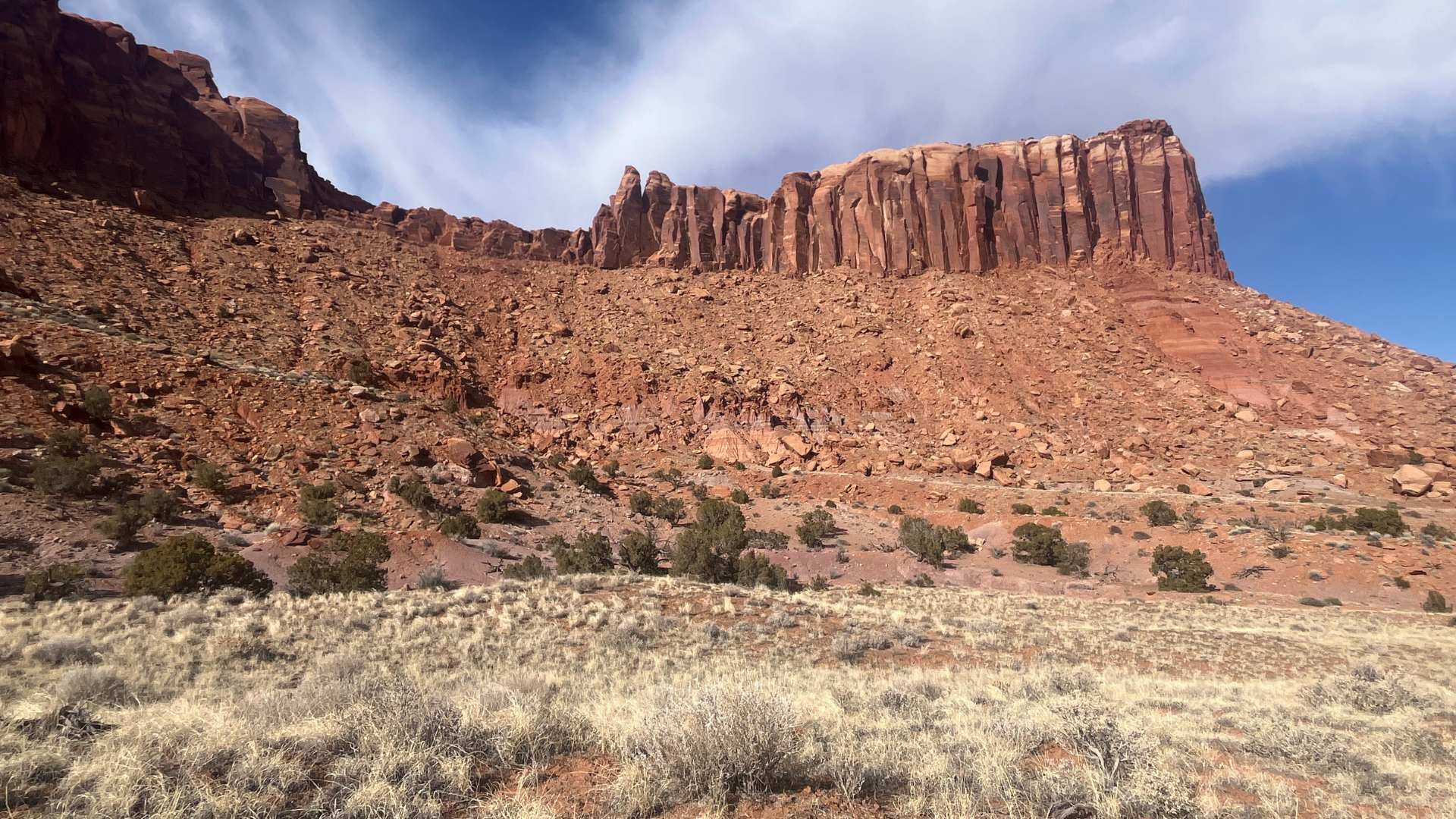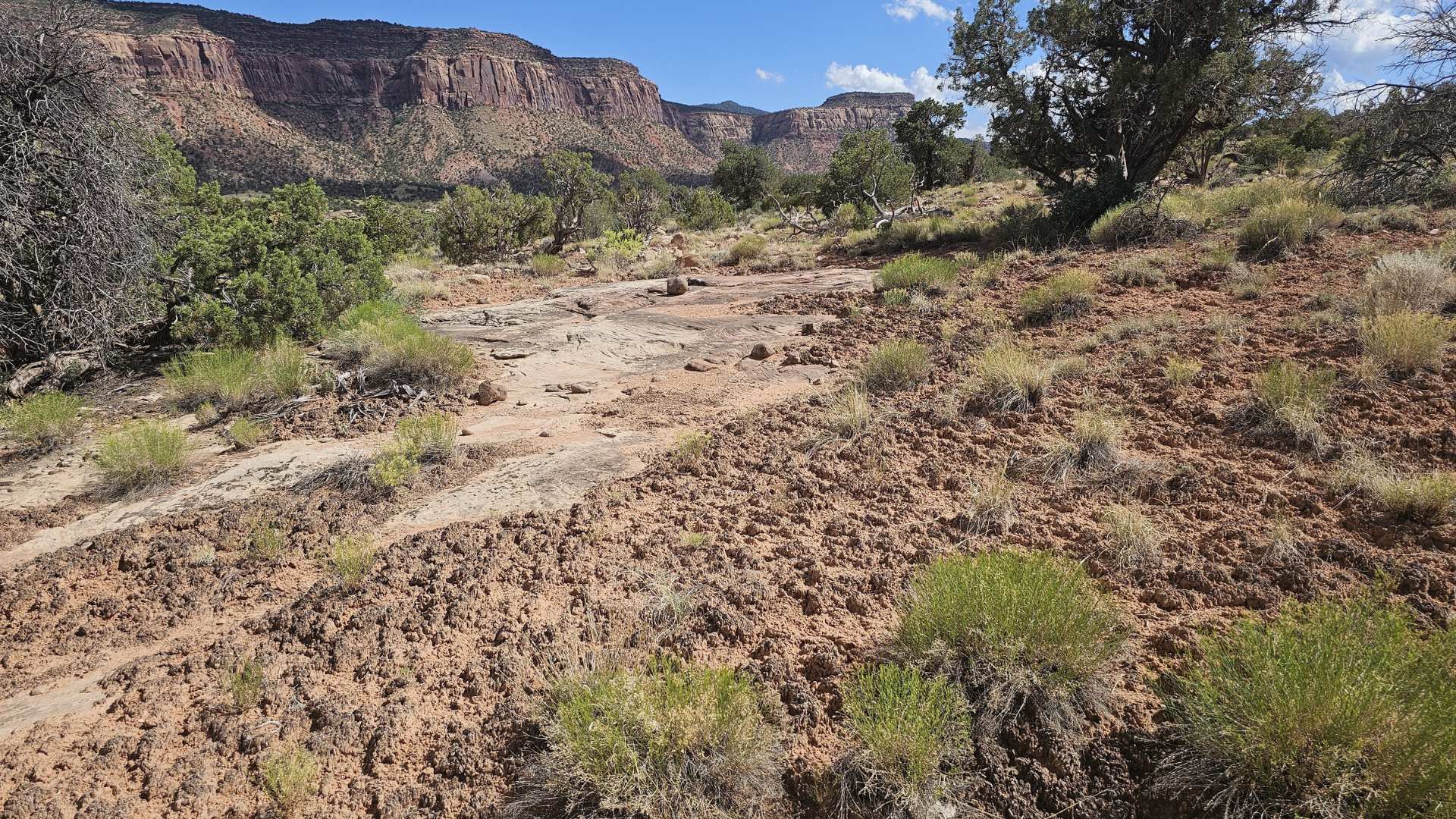Yesterday, Western Watersheds Project signed a comprehensive settlement intended to usher in a new era at Point Reyes National Seashore and bring an end to a decade of litigation.
Together with Resource Renewal Institute and the Center for Biological Diversity, and tirelessly represented by Advocates for the West, we hammered out an agreement that retires commercial ranching on 16,756 acres of Point Reyes (totaling 4,729 cow-calf pairs). This will enable the population of rare tule elk to roam freely across all of the National Seashore, and it ends the agricultural practices of manure-spreading — as well as the growth and harvesting of silage crops associated with the dairy ranches— for good.
The Federated Indians of Graton Rancheria will continue to have a say in aspects of Seashore
Yesterday, Western Watersheds Project signed a comprehensive settlement intended to usher in a new era at Point Reyes National Seashore and bring an end to a decade of litigation.
Together with Resource Renewal Institute and the Center for Biological Diversity, and tirelessly represented by Advocates for the West, we hammered out an agreement that retires commercial ranching on 16,756 acres of Point Reyes (totaling 4,729 cow-calf pairs). This will enable the population of rare tule elk to roam freely across all of the National Seashore, and it ends the agricultural practices of manure-spreading — as well as the growth and harvesting of silage crops associated with the dairy ranches— for good.
The Federated Indians of Graton Rancheria will continue to have a say in aspects of Seashore management. Recreational opportunities and public access will improve, and environmental benefits like increased native wildlife populations and better water quality will be realized.
The buyout and voluntary retirement of 12 of the 14 ranches on the National Seashore was accomplished using private funding. Two commercial ranches will remain on the Seashore, with 282 cow-calf pairs continuing to affect 2,210 acres. On the 16,756 acres where ranchers have agreed to relinquish their grazing leases, targeted non-commercial grazing operations will be allowed, with ecological objectives such as weed control and restoration of native coastal grasslands. Commercial ranching will continue on Golden Gate National Recreation Area.
Overall, the settlement creates a path to restoring the native coastal grasslands of the National Seashore. We will work to ensure our goal of reducing livestock impacts on public lands and restoring wildlife and healthy native ecosystems is met by this agreement.
It's a big change in priorities for how the National Seashore is managed, and all-in-all, and we’re proud of what we’ve achieved.






